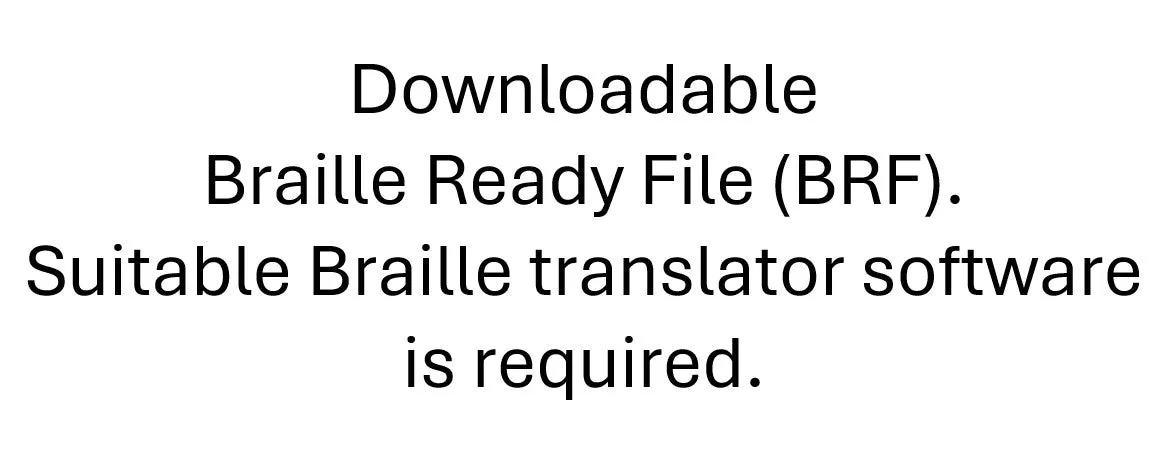Cervical screening has never been easier!
Human papillomavirus (HPV) testing offers a range of options, including a simple vaginal swab test that’s so easy you can do it yourself. The test is very accurate at detecting HPV, which causes more than 95% of cervical cancers.
HPV is passed on through intimate skin-to-skin contact and any sexual activity. 80% of adults will have HPV at some time in their lives. Most cases clear up by themselves, but some can persist and cause cell changes over time that may turn into cancer.
How do I know if I need screening?
You are eligible for cervical screening if you are:
- a woman or person with a cervix;
- aged between 25 and 69;
- sexually active now, or have ever been.
It makes no difference what your sexuality or gender identity is, or if you have not been sexually active for a long time. If you have a cervix, it’s best to get tested.
If you’ve had a total hysterectomy (removal of the uterus and cervix) check with your healthcare provider to see if you still need to have screening.
The HPV screening test
Cervical screening has never been easier. There are two ways to do the test:
OPTION 1: Vaginal swab
This will be suitable for most people. You will be advised if a different test is appropriate for you.
OPTION 2: Cervical sample
Previously called a smear test. This may be recommended for some people, and you can still choose this option if you prefer.
A cervical sample is taken by a trained health professional
This can be done in clinical or community-based locations, or in a mobile unit.
Your screen-taker will take a sample of cells from your cervix using a speculum and small brush.
The sample is first tested for HPV and, if HPV is found, it will also be checked for cell changes.
The National Cervical Screening Programme (NCSP) is not fully funded. However, free screening is available for women and people with a cervix who:
- are aged 30 or over and have never had a screening test or are under-screened
- require follow-up testing
- hold a Community Services Card
- are Māori or Pacific.
If you have a friend or whānau member who is eligible for cervical screening, share this information and tell them about the new HPV self-test. It might just save their life!
Getting your results
If HPV isn’t found, you won’t need another cervical screening test for 5 years (3 years if you’re immune deficient).
Around 90% of people screened will be found NOT to have HPV.
If HPV is found, further checks will be done to make sure it hasn’t caused cell changes that could lead to cervical cancer. The recommended followup will depend on the type of HPV detected.
You may be asked to return to have a cervical cell sample (if your first test was done as a swab). Or you may be referred for colposcopy, done by a specialist. This is an examination of your cervix using a special microscope. Sometimes tissue samples (a biopsy) will be taken.
- Cervical cancer is one of the most preventable cancers.
- Of the 180 people diagnosed with cervical cancer every year, around 85% have never been screened or have not had regular screening.
- With the new HPV test and HPV vaccination, Aotearoa New Zealand aims to eliminate cervical cancer.
More information
Find out more about cervical screening, your options, and where to book an appointment. Freephone or visit
You can also find the details about how we look after your information on the privacy section of this website.
You need to be on the NCSP-Register to get an invitation, recalls and reminders to screen. If you are not sure if you are on the Register, call to check.















